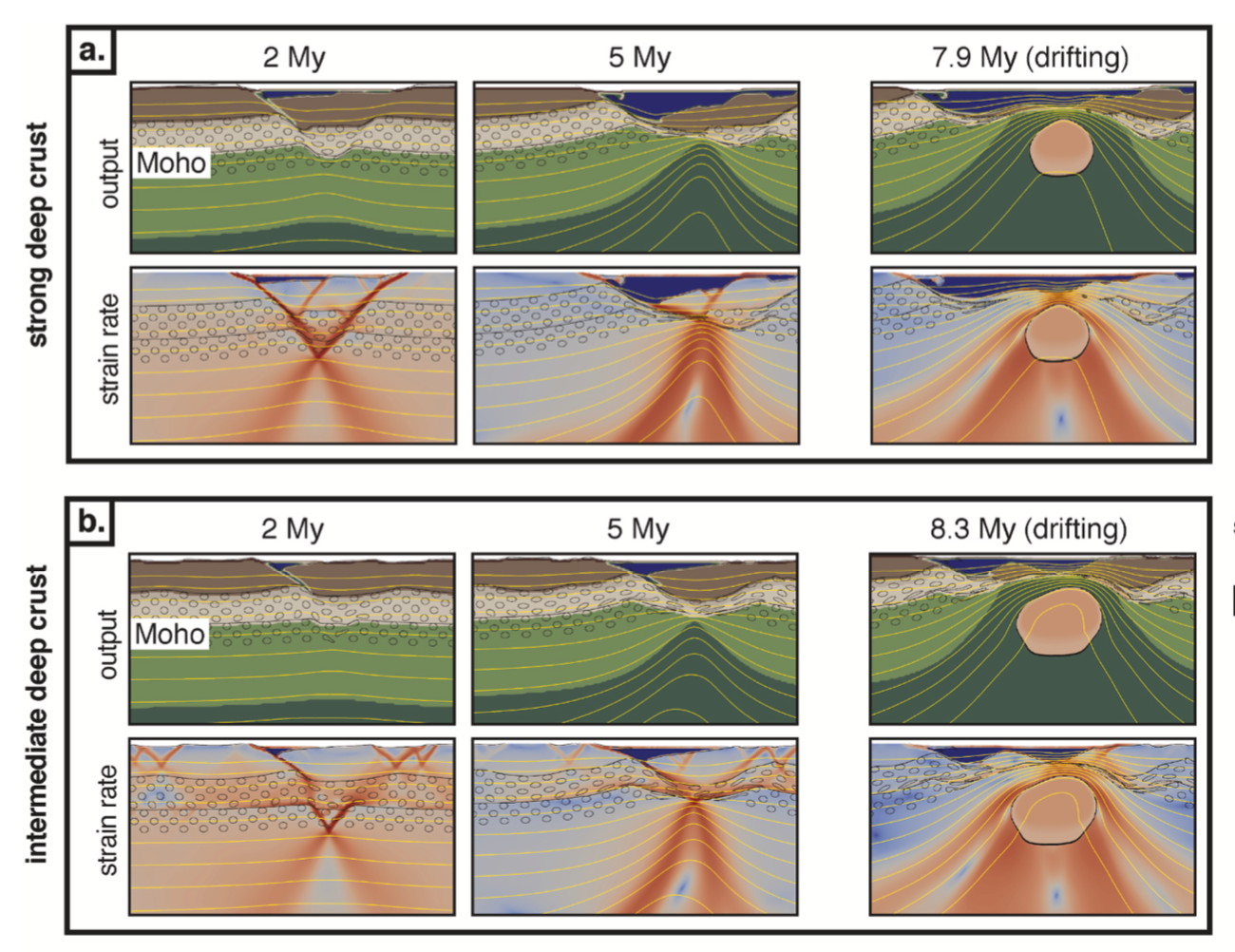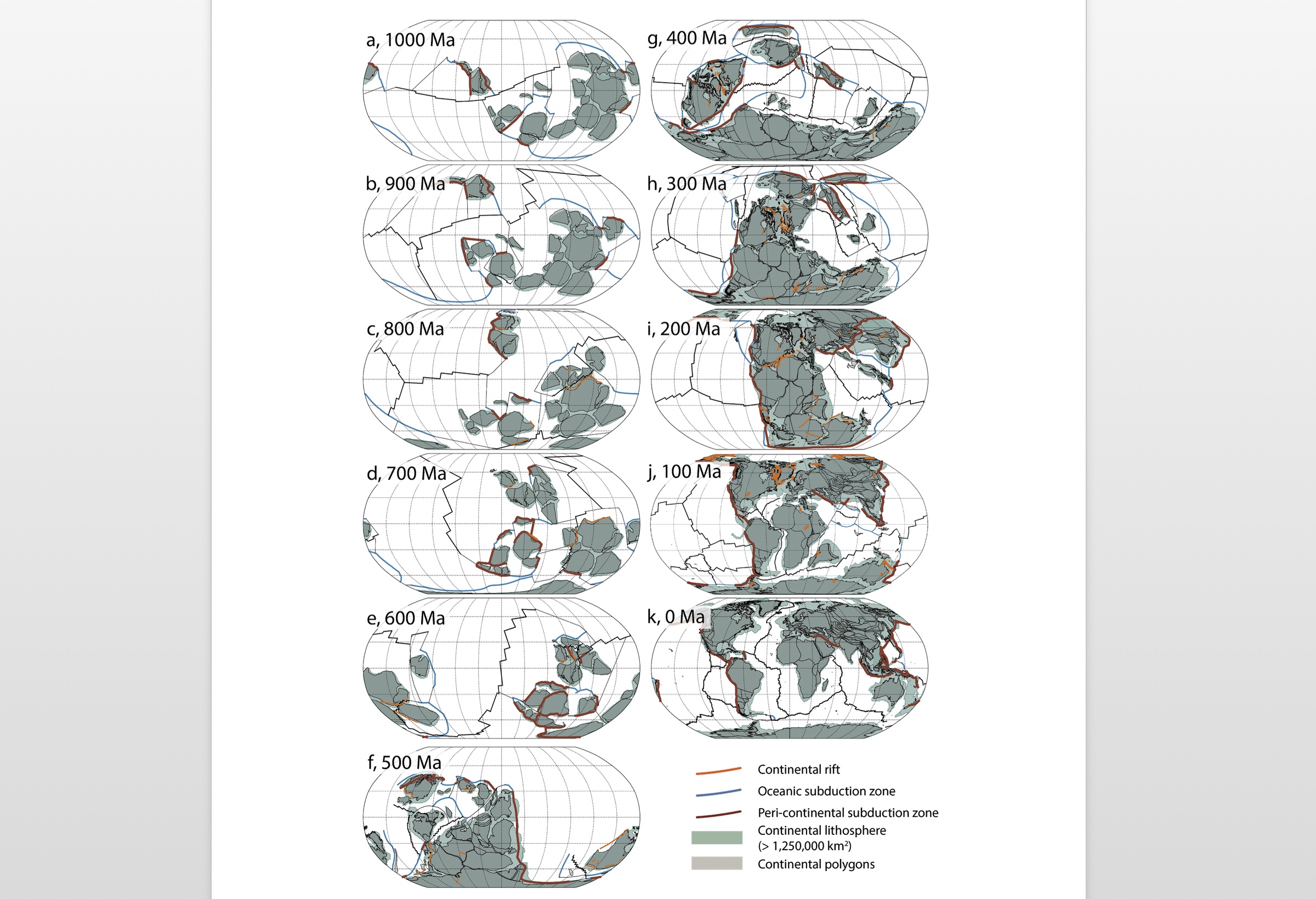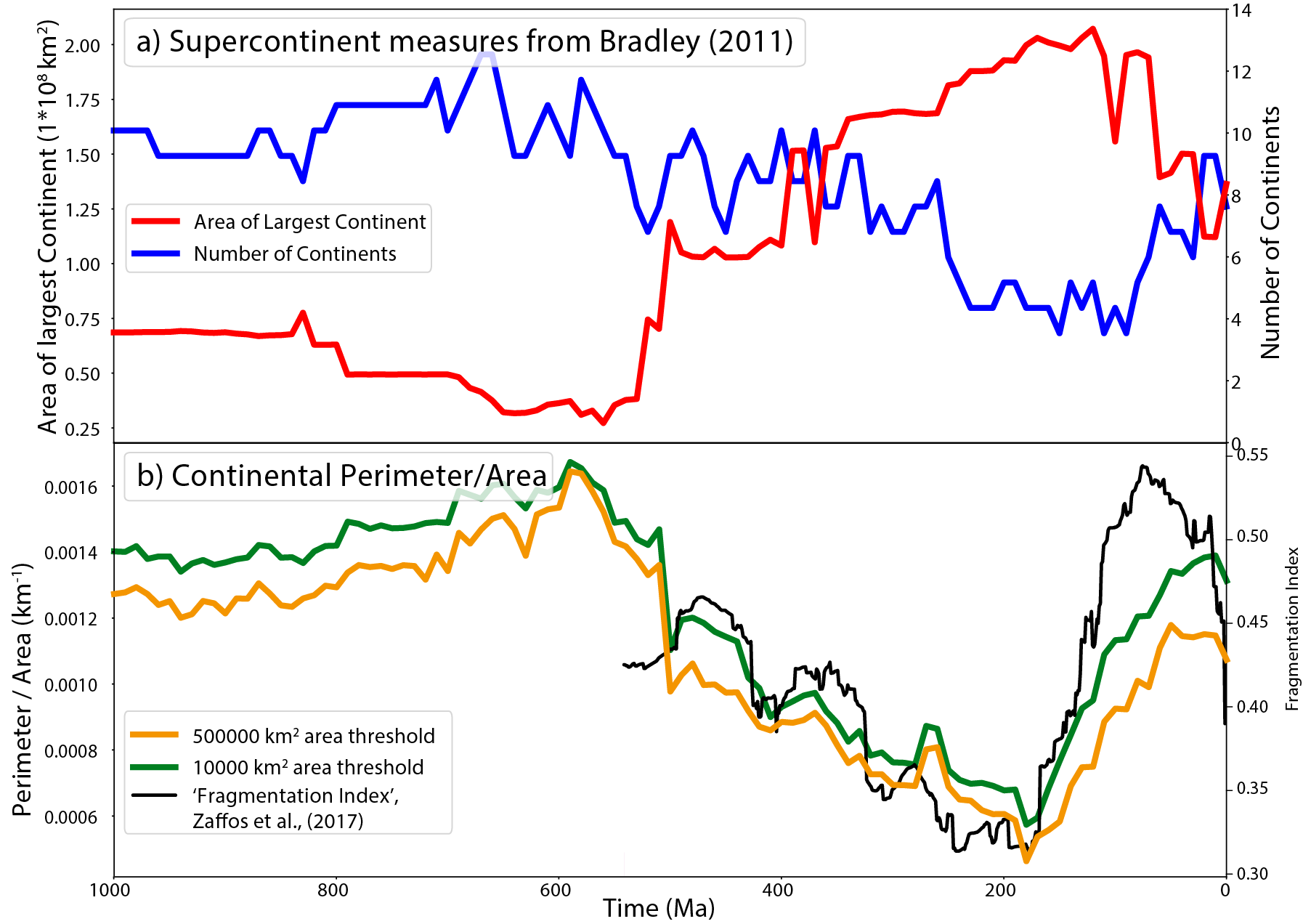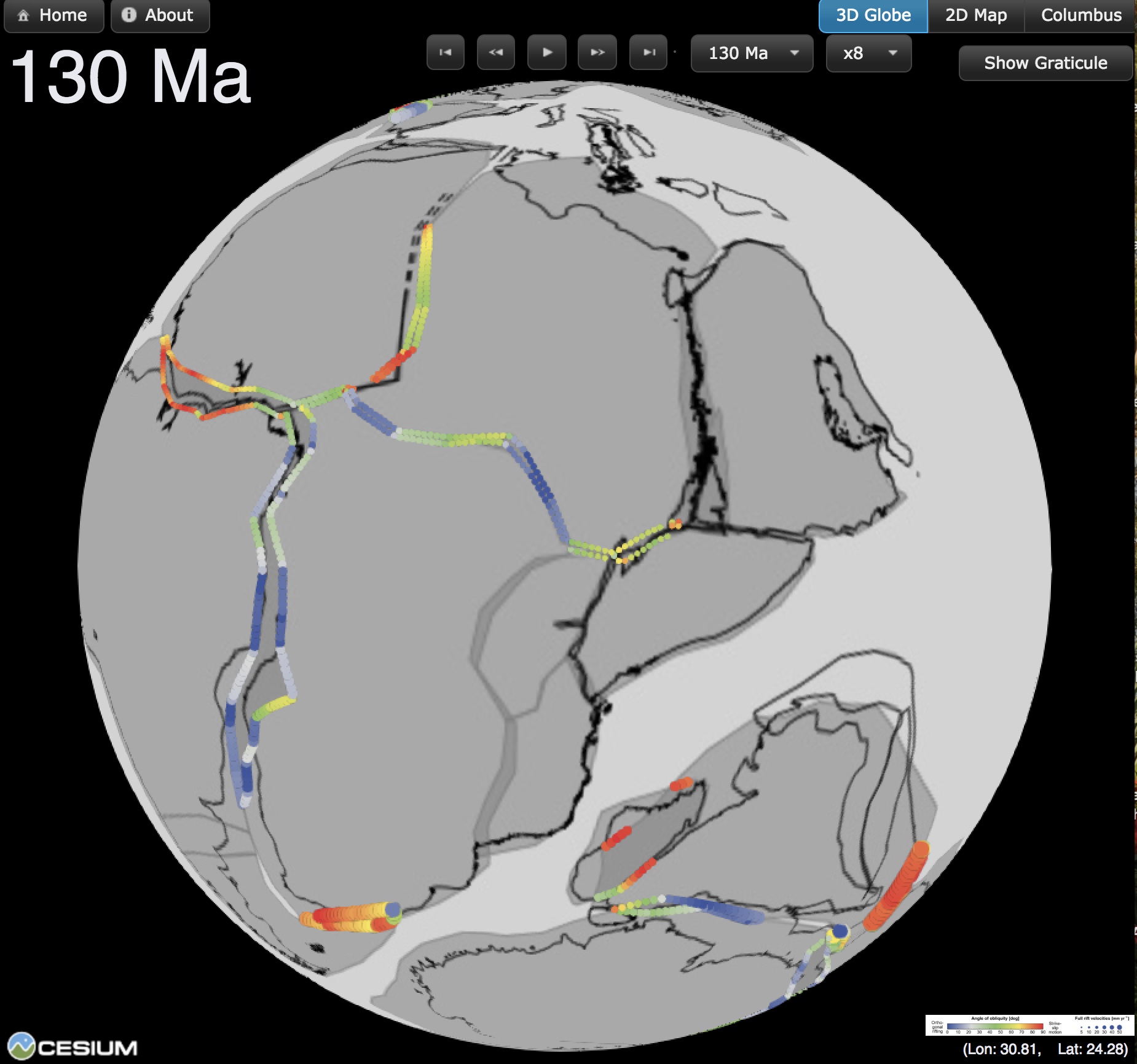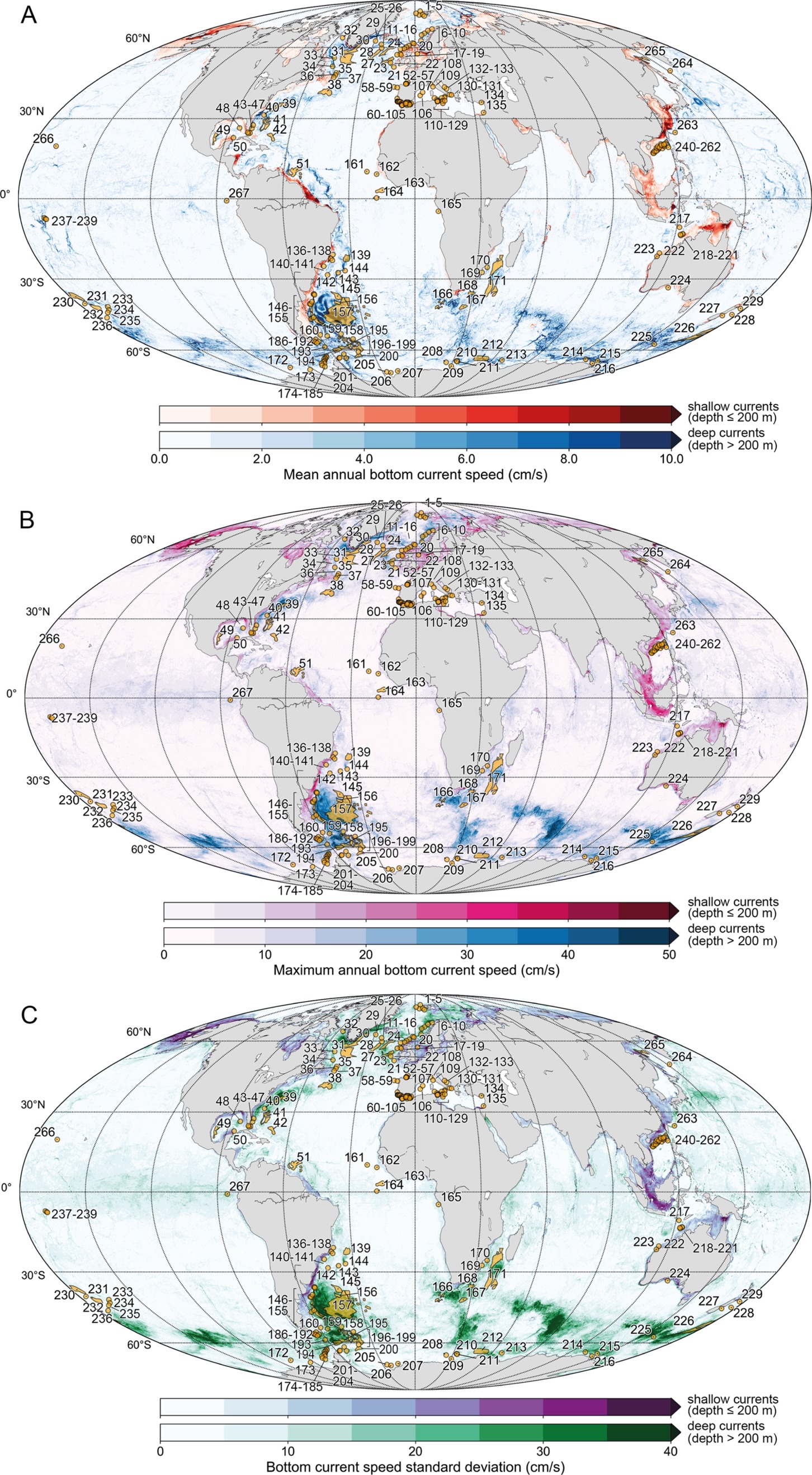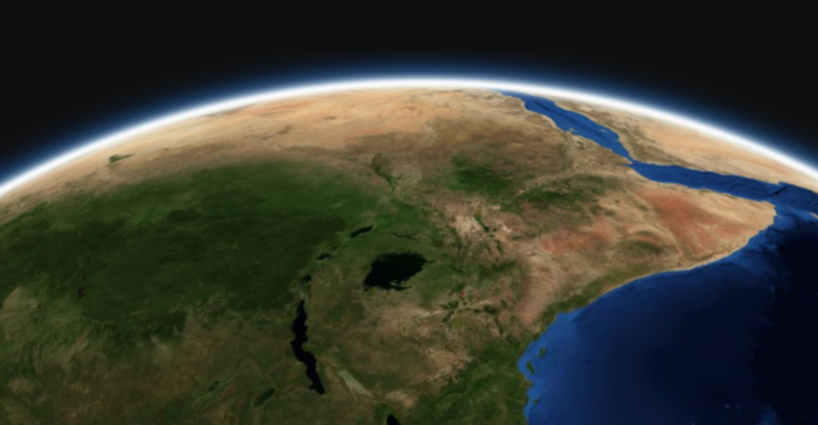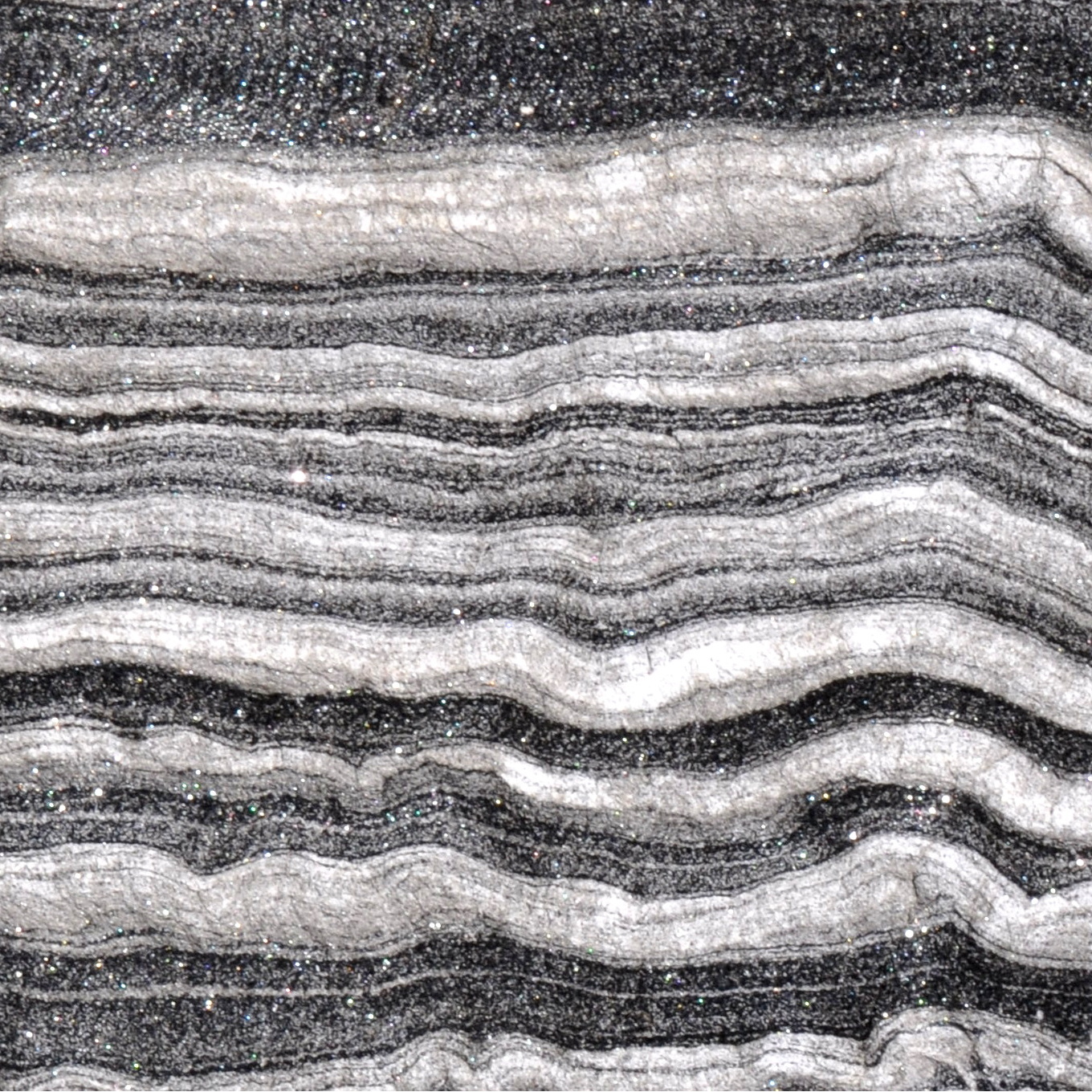Tectonics: Modeling Lithospheric Thickness Along the Conjugate South Atlantic Passive Margins Implies Asymmetric Rift Initiation
The lithospheric architecture of passive margins is crucial for understanding the tectonic processes that caused the breakup of Gondwana. We highlight the evolution of the South Atlantic passive margins by a simple thermal lithosphere-asthenosphere boundary (LAB) model based on onset and cessation of rifting, crustal thickness, and stretching factors. We simulate lithospheric thinning and select … Read more…


